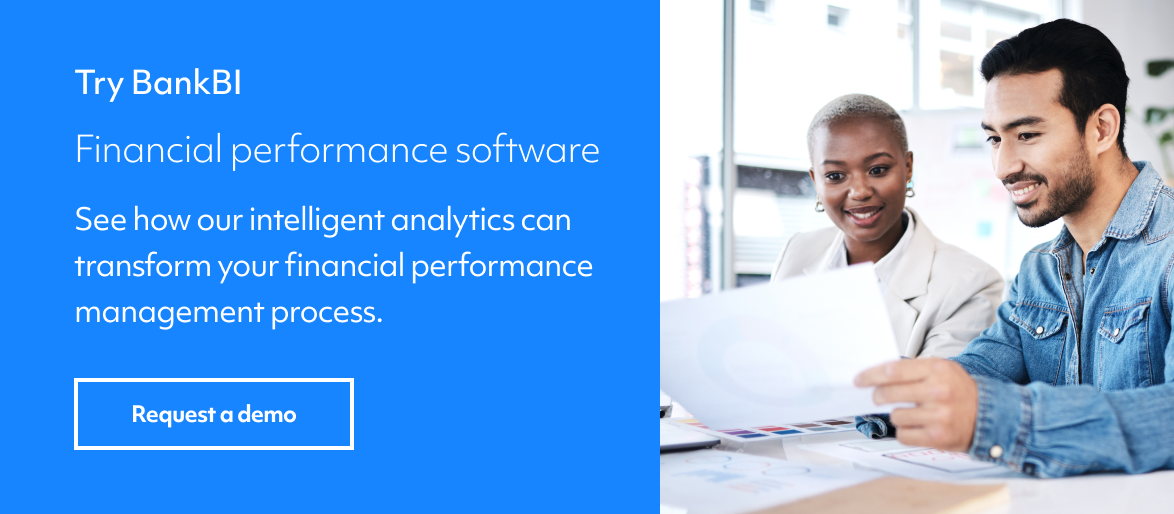Cloud-based architecture offers an unprecedented opportunity for corporate financial performance management architecture.
A preconfigured data model and multi-tenant deployment offers extremely quick time to value - but buyers need to beware.
There are pitfalls to be avoided and you should be wary of vendors promoting cloud deployment as synonymous with software-as-a-service (SaaS), when in fact they’re simply offering another form of hosting.
The Historical Challenges
The problem of being able to compile and access accurate, up to date and timely month-end banking performance analytics reporting is as old as the industry itself.
And due to the historical complexity of incorporating new data within existing data sets and ledgers, it’s not surprising that many banks and financial institutions have found themselves with:
- an ever-increasing number of manual add-ons
- badly merged and duplicated data sets
- an inordinate amount of manual work, and thus latency, at month-end.
Siloed and repeated data, slow month-end turnaround and any number of manual inputs lead to inaccuracy, information lag and a number of other issues.
Getting financial performance and banking performance right within a single enterprise-wide data model is key to the success of pretty much every other area of a bank’s business. You need a single golden copy of data, where accuracy is assured.
But having a single golden copy is not as easy as it seems, even from an accounting viewpoint. Often a bank grows organically and adds different parts to its ledger, normally via Excel. Mergers and acquisitions can also mean that multiple ledgers need to be consolidated and data points merged.
Sometimes what can happen is that banks outgrow their infrastructure. But instead of reconfiguring their core solution, they take data from their core system and add it to whatever new data they have.
This results in the same data being stored in several places and new calculations being done manually. Thus, it takes far too long to do month-end reconciliation because, perhaps, multiple post-closing manual adjustments need to be fed back into the core banking system of the primary ledger.
It also means that from a regulatory viewpoint, there is more risk of manual error and several key-man dependencies can arise.
Added to this, in most cases the reporting systems are themselves traditional ‘on-premise’ software solutions that are time and resource-intensive to implement, requiring continual maintenance and upgrading.
Traditional software solutions are consequently costly, due to the initial up-front infrastructure investment, licensing and consulting services and then ongoing maintenance and support.
The New Solution – Vertical SaaS Applications
The cloud offers a fresh approach to these issues and tackles the challenges in a variety of ways, from the application perspective initially, but also crucially in the areas of product design and deployment.
This is both in terms of the manual processes and more fundamentally in the time it takes to deploy and get into production with existing reporting systems.
Vertical SaaS applications designed specifically to meet the requirements of a single industry - in this case, financial services - can offer automation and data consolidation by pulling in the data, and populating pre-configured bank performance ratios and dashboards.
This enables rapid, accurate financial reporting that can be sent back to the client on a daily or intra-day basis, in their own language and displayed in the way they want.
Effectively it provides quick visibility around any number of data points and thus allows for better, more informed decision making. Tandia, the Canadian Credit Union made significant productivity gains as they moved away from spreadsheets. Read the case study.
The advantage to the client is that the hard work has already been done; the application’s preconfigured setup allows for agility because it can make sense of data instantly.
Because the configuration is done upfront in the application and not within the bank, the solution is future-proof and scalable; any number of additional items can be easily incorporated.




